Aquaculture Conservation and Management
Millions of people rely on inland fish farming for their food and livelihood. The majority of fish are raised in artificial ponds or floating cages in natural or man-made bodies of water. Freshwater fish farming is frequently combined with crop farming, with wastes and by-products from one being utilized as inputs for the other. New technologies are opening up new ways to save water and boost the productivity of aquaculture. Recirculating aquaculture systems (RAS) have been developed with the goal of drastically reducing the amount of water used in fish farms as well as their environmental impact. In situ bacterial processes are used by Biofloc technologies (BT) to maintain water quality and provide food for filter-feeding fish and crustaceans.
- Recirculating Aquaculture Systems (RAS)
- Waste water and sludge management 6
- Biofloc Technology
- Aqauponics

J L Giovanna Hesley
CropKing, Inc. Curriculum Development, United States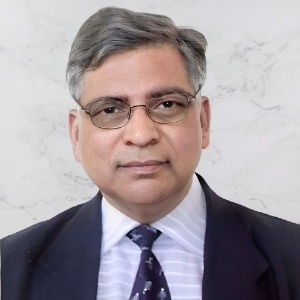
Virendra Kumar Goswami
Indian Institute of Technology, India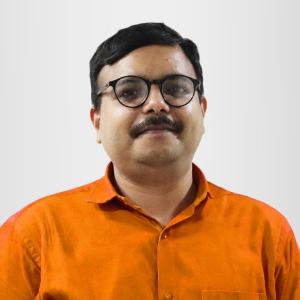
Amod Ashok Salgaonkar
A2S2 Enterprises, India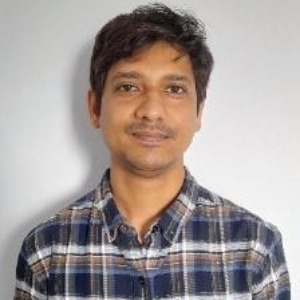
Amit Das
Memorial University of Newfoundland, Canada
Mandeep Kaur
Panjab University, India
Pavarot Noranarttragoon
Department of Fisheries, Thailand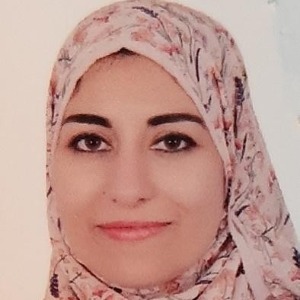


Title : Application of Artificial Intelligence and NISAR satellite to study the air sea CO2 exchange and aquatic toxicology to develop ‘Aquatic Pollution Remediation Technologies’(PART)
Virendra Kumar Goswami, Indian Institute of Technology, India
Title : Conditionally pathogenic microparasites (Microsporidia and Myxosporea) of mullet fish potential objects of mariculture in the Black and Azov Seas
Violetta M Yurakhno, A. O. Kovalevsky Institute of Biology of the Southern Seas of Russian Academy of Sciences, Russian Federation
Title : New approaches to assessing and managing the multispecies fishery in the Gulf of Thailand
Pavarot Noranarttragoon, Department of Fisheries, Thailand
Title : Enhancing sustainable aquaculture performance using bacillus based biofloc inoculum
Khadem Hussain Saeedi, Kandahar University, Afghanistan
Title :
T V Anna Mercy, Kerala University of Fisheries and Ocean Studies, India
Title : National action plan for sustainable and resilient fisheries aquaculture system in Pakistan
Nazia Sher, National Institute of Maritime Affairs, Pakistan